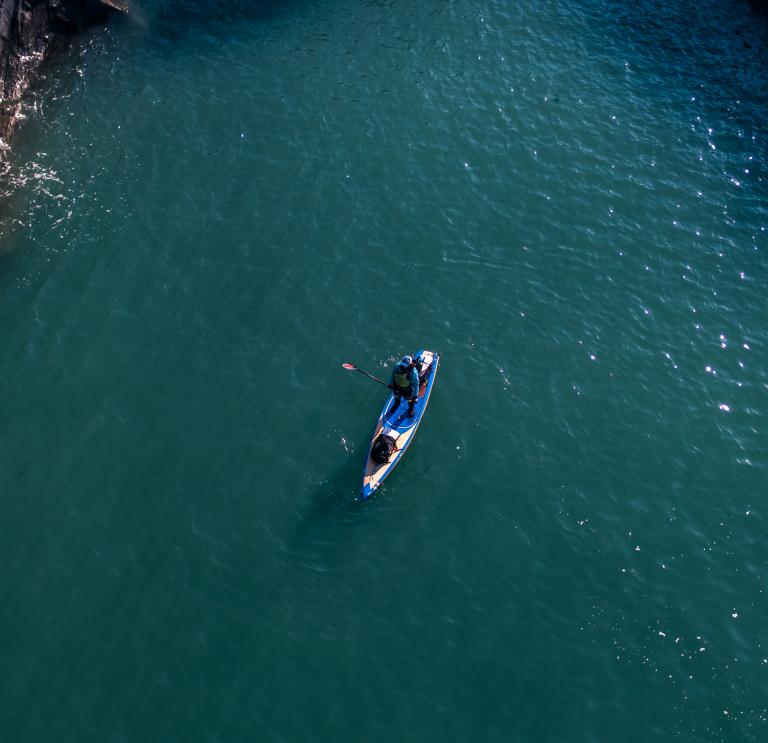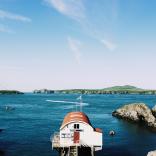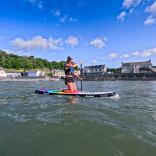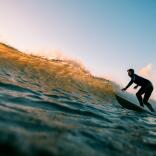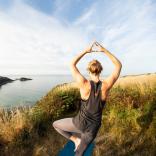I love the enchanting sea. The sun sparkling across the water, the swooping bird’s eye view from your paddleboard, watching the elegant jellyfish float by, fish leaping out of the water and those special moments when it’s just you and your board watching porpoise leaping out of the water. Wales is an incredible place, a host for the great outdoors and adventures to be had.
Wales has a stunning coastline waiting to be discovered, but planning both mentally and physically is key. I am going to share with you my thoughts and considerations before heading out on the sea.
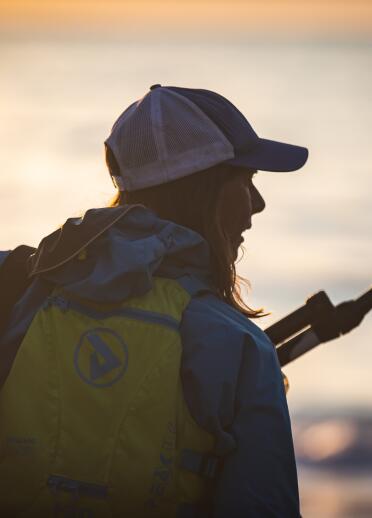
Planning and preparation
With all my trips, I invest time and effort in the planning and preparation phase. I study maps to identify a route. I look for potential risks, note the launching and exiting points, as well as escape routes along the way. I add weather information and, if appropriate, tidal information to help me as a guide when I'm on the water. It's always better to go with an qualified guide.
Ability
Match your coastal adventure with your skill and experience level. Don’t go to a notoriously rough and windy place with limited landings if you have no experience of these conditions. Always paddle on the side of caution - remember it's about having a lovely day on the water.
Kit
Having the right kit and knowing how to use it will make all the difference to you having a fun, safe day. Please don’t be that person who has all the gear but no idea how to use it! Thoroughly test your kit and feel confident in it so that in an emergency you won’t panic. Most importantly, make sure you use a leash correctly attached to your board (coiled unless in surf) and a well-fitted buoyancy aid. Use my list below to ensure you have the the appropriate gear for the conditions.
- Leash (preferably a quick-release belt with a coiled leash attached to the board on flat water and; a straight ankle leash in surf)
- Board (suitable for the activity and you, volume, length and width)
- Paddle (the right size for you)
- Weather forecast
- Buoyancy Aid (well fitting buoyancy aid with an emergency whistle)
- Windproof jacket (can always be kept in the rucksack until needed, don’t leave home without it)
- Insulating layer (a thin fleece or gillet depending on the time of year)
- Breathable base layer if paddling in summer (avoid cotton t-shirts)
- Wetsuit (depending on the time of year a wetsuit long john or full suit can be great)
- Safety bag / dry bag (with a method of attaching to the deck)
- Footwear (sandals, trainers, wet shoes anything that helps you walk across rough banks, beaches)
- Watch (or any reliable method of telling the time)
- First aid kit
- Mobile phone in a dry bag (a zip lock freezer bag works as a cheap option)
- Map and compass (even if you use GPS)
- Torch or head torch
- Sun cream
- Sunglasses
- Bottled water (keep yourself hydrated)
- Flask of hot drink (depending on time of year)
- High energy snacks (to give an energy boost when tired)
- Any necessary medication (with spares)
- Spare warm clothing
- Survival bag (just in case)
- Emergency contact details
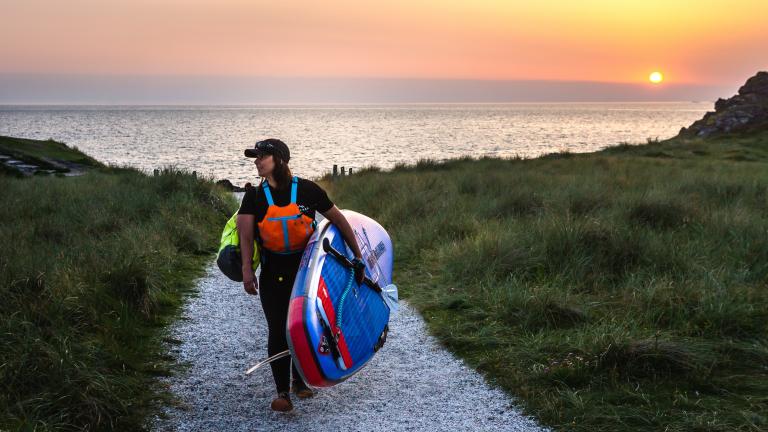
Weather
I study the recent and predicted weather forecast to understand what the sea state is. It helps to build a picture in my mind what to expect when you get there, for example if there is any swell or surf. Consider the wind direction and strength; can you take advantage of the wind on your tail? Remember not to go out in an offshore wind, where the wind is blowing from the land out to sea.
Tides
Understand and research if there is any tidal flow which you should use or avoid as this can make or break your trip. The tide can be very strong at certain locations and times of the tide cycle. The flow rate during a spring tide is at its most severe. These occur fortnightly and coincide with the two days after full and new moons. Make sure you feel familiar with tide times before heading out on the sea.
Communication
How are you going to communicate with the emergency services if the need arises? Contact the Coastguard to notify them of your plan. They would rather know about your trip beforehand, rather than dealing with calls from worried public thinking you are drifting out to sea unintentionally. I often refer to them as my 'guardians of the sea'.
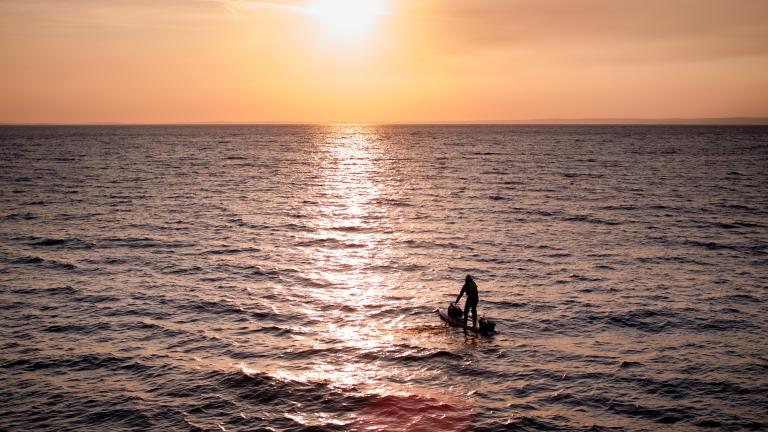
Fuel
At sea, the key thing is to keep hydrated and to have a stash of snacks on you so if you start to feel like you are lagging, you can have a super boost of energy from them.
Rescues
Are you fully skilled with self or peer rescues? Are you familiar with basic first aid? It is all about minimising the need for calling out the rescue services and being able to be independent and self-sufficient when embarking on adventures.
Marine Code of Conduct
Please be familiar with the Marine Code of Conduct. Wales is fortunate to have such wonderful marine life. However, marine mammals and other wildlife can get disturbed. Contrary to belief, although paddleboards don’t have an engine, they can cause just as much disturbance to marine mammals as a motorised vessel. Be fully clued up with the code of conduct before setting off onto the sea.
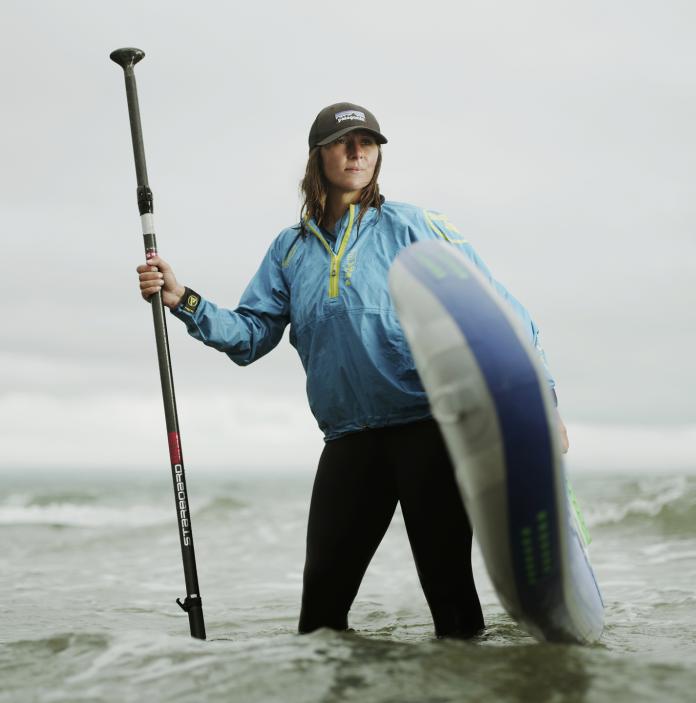
Leave no trace
I am proud Wales is such a beautiful country and we need to do our utmost to protect it. So please consider the environment and how you leave it. Let’s be ocean ambassadors to help preserve for the next generation.
Take your litter away with you and allow time to do a mini beach clean too! Please do your bit and help the environment.
Sian's top tips
- Remember to warm up before you paddle
- Make sure you take a good lip protector, polarised sunglasses, and sun cream; the sun plus sea reflection is powerful!
- Be prepared to be adaptable
- Listen to your gut
- Be courteous to other crafts by giving them a wide berth
SUP spots around Wales
Sian's favourite places to paddleboard on the sea around Wales include Anglesey and Pembrokeshire. Check out Sian’s company Psyched Paddleboarding for SUP experiences, training courses, and kit.
Exploring the coast of Wales by paddleboard is a fabulous experience, especially with a knowledgeable, qualified guide who knows the best spots and can share their love for the wildlife. Discover providers of tuition and guided paddles in standout places to stand up paddleboard across Wales.
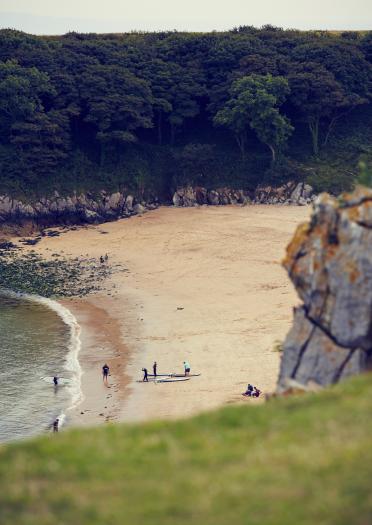
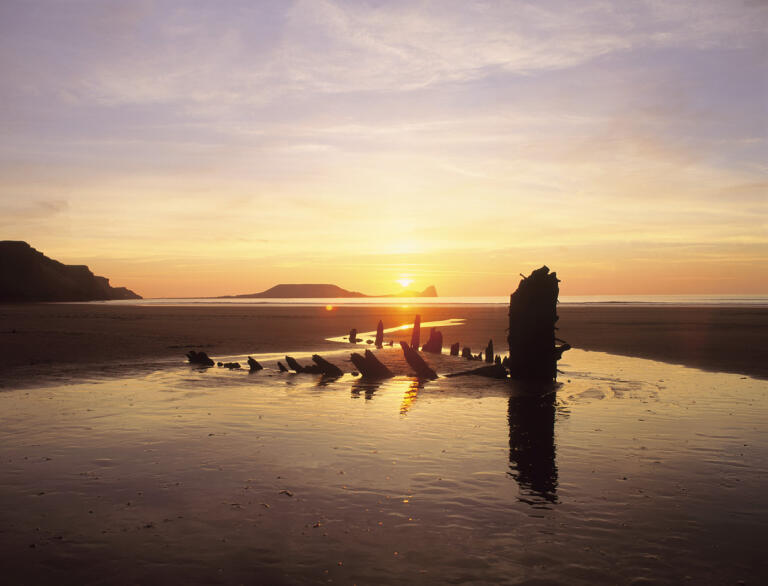
Be safe!
Stand up paddleboarding is inherently a potentially dangerous sport and with this considered, you should take appropriate precautions before undertaking it.
Exploring the outdoors is fantastic fun and provides great opportunities for adventurous activities, but please read up on the risks and make sure you are prepared.
- Visit AdventureSmart UK for a list of essential stand up paddleboarding kit and further information on how to stay safe whilst exploring Wales.
- Follow these tips from the RNLI for staying safe on the Welsh coast.
